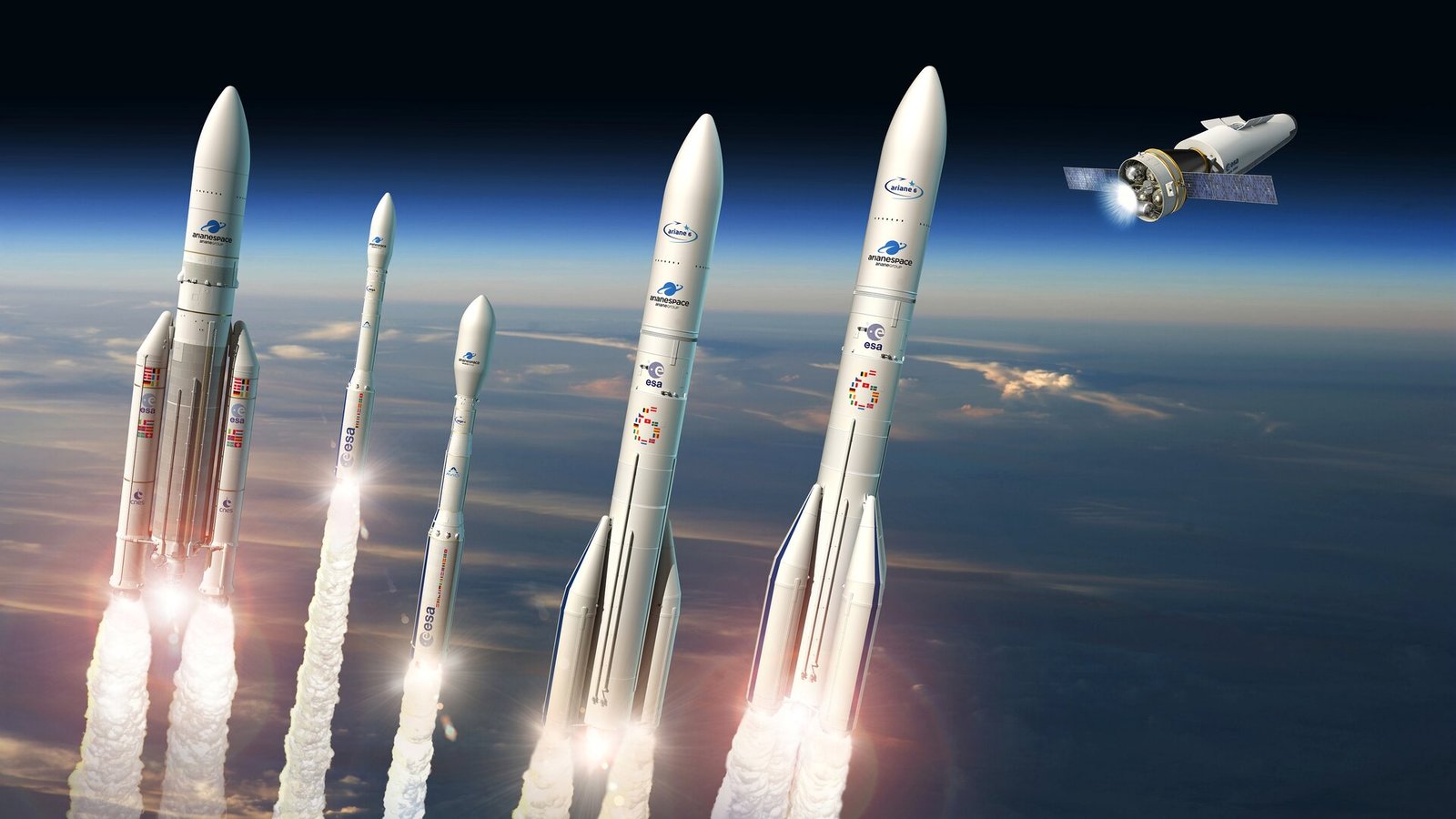
In a bid to address the aerospace industry’s shortage of launch vehicles, multiple European and American new rockets are poised for launch in 2024, promising groundbreaking advancements.
Europe’s response to SpaceX’s Falcon 9, the Ariane 6 rocket, is set for its inaugural voyage between June 15 and July 31. This launch is expected to deliver cost efficiency and improved capabilities, marking a significant moment for European space exploration.
Vega C, which faced a ban since December 2022 due to a rocket motor nozzle failure, is slated to end its hiatus in the fourth quarter after undergoing a redesign. The anticipation is high for its return to active service.
United Launch Alliance’s Vulcan Centaur, designed to replace Atlas V and Delta IV, is set to launch its first mission in early January. Pioneering the recovery and reuse of first-stage boosters, Vulcan Centaur plans ambitious missions, including carrying a private lunar lander for a potential Moon landing and Sierra Space’s “Dream Chaser” spacecraft for ISS resupply in the second quarter of 2024.
SpaceX, a leading player in the space race, continues testing its Starship mega-rocket throughout 2024. While the first two flights in a fully-integrated configuration ended in explosions as part of the development process, Starship remains contracted by NASA as a lunar lander for the Artemis missions to the Moon.
Blue Origin’s New Glenn, a larger and more powerful rocket than New Shepard, is set to debut in 2024, with a height of 98 meters and the capability to carry 45 metric tons to low Earth orbit. Its early flights include launching the NASA probe EscaPADE for a mission studying Mars’s magnetosphere, cementing its role in space exploration.
With these new rockets launches, 2024 promises to be a thrilling year for aerospace advancements, showcasing the collaborative efforts of Europe and America in pushing the boundaries of space exploration.